Remembering The Mighty Laxmi Indira Panda
The fight for India’s freedom was not a bed of roses. Rather it was a turmoil in which countless Indians have made sacrifices for the country’s freedom. The country’s independence was won as a result of the gruelling efforts of numerous ordinary Indians who fazed as a silent army that trudged difficult paths and endured hardships, without a thought for praise or reward. As India completes its 75 years of independence, very few of these foot soldiers are still alive. Nearly all of that generation are deceased.

On the occasion of Independence Day, My City Links explored and inquired into the life of one such forgotten heroine of Odisha- Laxmi Indira Panda. She was among the countless Indians who fought for the country’s freedom. She was one of the youngest members of Netaji Subhash Chandra Bose’s Indian National Army (INA), and the only Odia woman to have enlisted in it. She breathed her last on 15th November, 2008, just two weeks after she was conferred the Rashtriya Swantantra Sainik Samman and the only glory that she was bestowed with was that she died as a martyr.
This mighty yet neglected lady was discerned by Anil Dhir, an eminent researcher and historian. While he was doing research on the INA in June 2007, the name of Laxmi Indira Panda had cropped up in many places, and a few local INA veterans from Calcutta too had told him about her exploits in Burma. He also got references about her from the Netaji Research Bureau at Calcutta. “All I could gather was that she was a brave Odia lady, who had fought alongside Netaji and Captain Lakshmi Sehgal in Burma and had survived to come back. I was curious and eager to meet her, as she was the only Odia lady to serve in the INA,” he shared.
“It took me a full six months to locate her. I went to places as far as Berhampur, Hinjilicut, Phulbani, Angul and Paralakhamendi before I found her at Jeypore in Koraput. She was living in a small hut in a slum along with her son and his family. The one-room broken-down shanty in Nakarchi Street was home for a family of ten. She had languished in this slum for years, stricken with poverty and ill-health. But even this little comfort had been snatched away from her as her alcoholic son had thrown her out, and this proud icon was spending her days (and nights) at different places, thanks to a few kind hearted benevolent persons around,” he asserted.
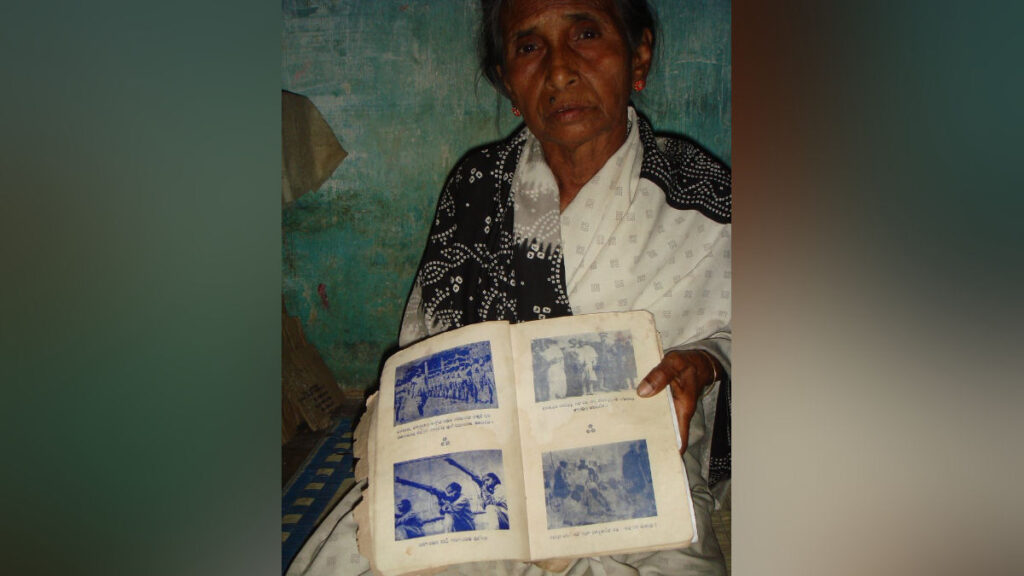
Born in 1930 as Laxmi Rath in a camp near Rangoon, where her parents were engaged in the railways being laid in Burma. She was engaged in the job of cutting grass for the horses of the white supervisors. Her father was employed by the local unit of Subash Bose’s Indian National Army. In 1942, when the Japanese overran parts of Burma, British air bombardments became a daily routine and unfortunately both of Laxmi’s parents were killed in one of those air raids. The young Laxmi and her even younger brother remained mute witnesses of the death of their parents. This ignited a determination in her to avenge the death of her parents causing her to go to the nearby INA camp. The frail Laxmi was hardly fourteen years of age, and was refused by the camp commanders. She literally begged for enrollment in the rank and file. Even though she was denied she stayed put, outside the camp gates, and when Subash Bose came for inspection she blocked his way and urged him to enrol her in the INA. This determination in her melted the hearts of the INA leaders and she became a member.
Her journey thus began in INA in the Rani Jhansi Regiment under Captain Lakshmi Sehgal. From starting out with soft jobs of housekeeping and cooking, the young Laxmi soon proved her mettle and was trained in swordsmanship, shooting and espionage. As she was well versed with the Burmese language, she was often sent across enemy lines for recce and collection of intelligence. She has also worked with the famous Janaki Thevar, Gowri, Shah Nawaz Khan, Sehgal and Dhillon. Unfortunately, her brother soon went missing and was never found.
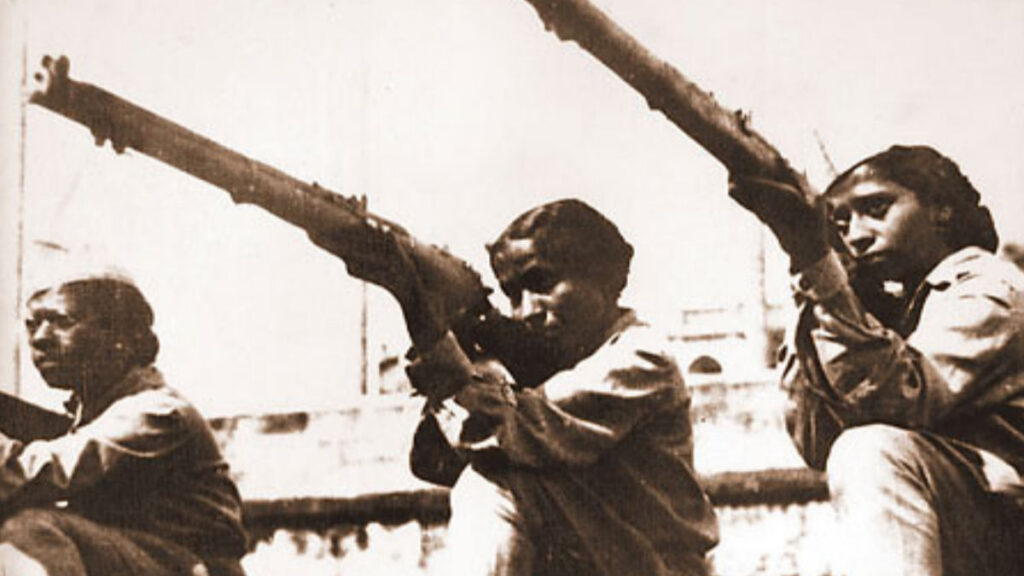
Trying to get more information about Laxmi’s involvement in the INA, Anil met Captain Lakshmi Sehgal at Kanpur in June 2008. “I showed her Laxmi Panda’s photographs and nostalgia brought tears to her eyes. At the age of ninety three, she vividly recollected Indira (Laxmi) being the youngest soldier in her regiment,” he informed.
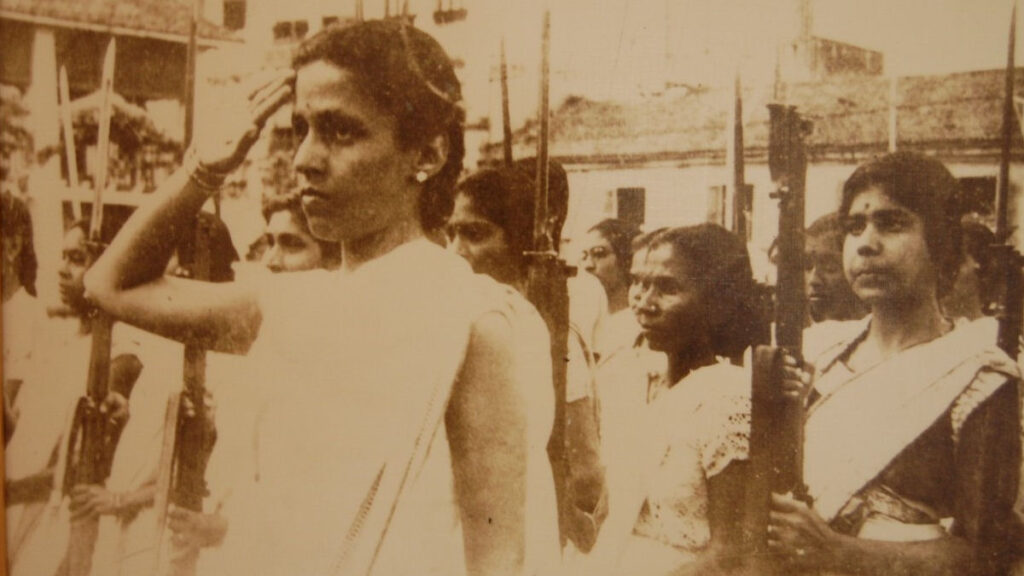
Apparently Netaji personally had given Laxmi a new name ‘Indira’, to avoid confusing her with Captain Lakshmi Sehgal. Laxmi, back in Odisha after some years, had married another INA veteran Khageswar Panda in 1951 and was re-christened as Laxmi Panda. Her husband worked as a driver during the construction of the Hirakud Dam. After her husband’s demise in 1976, her troubles began. Saddled with an alcoholic son, she had to work as a domestic servant, a day labourer and a store attendant, working for a pittance to eke out a living.
“When I first met Laxmi Panda in June 2007, she had given up all hope of a content life. She had become a cynical and frustrated person. It took me a dozen visits to Jeypore before I could convince her that her fight could and would be continued. With great difficulty I convinced her that I would take her battle to the Centre and try my level best to give her due credit and recognition. I brought her back with me to Bhubaneswar and she stayed with me. Her health improved and she was happy to meet all the people who flocked to see the living freedom fighter,” shared Anil, throwing light on her plight when he met her.
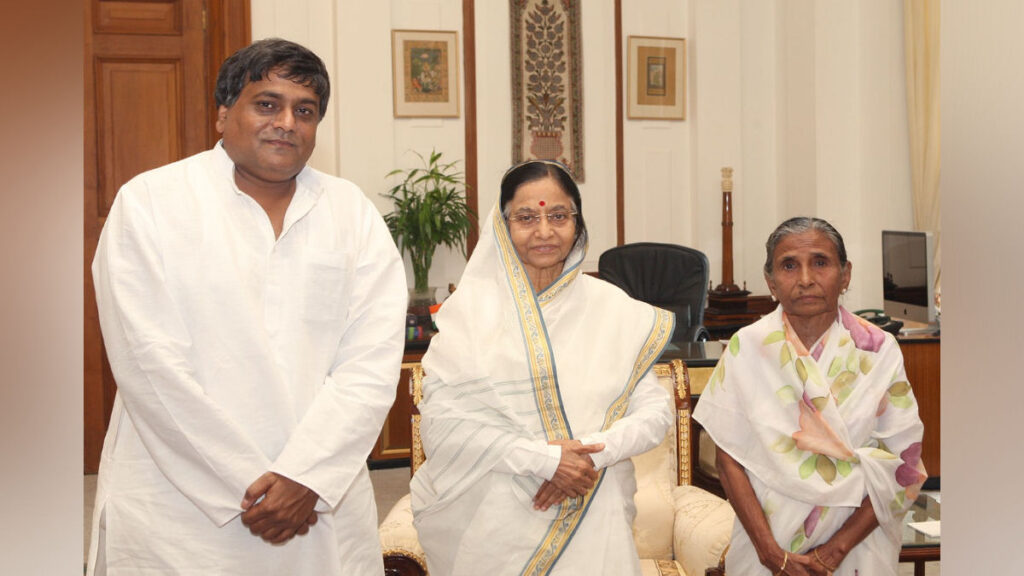
“It was very difficult to present her case as she did not have any documents to prove her involvement in the INA. All she had was sheaves of petitions, letters and newspaper cuttings which had highlighted her plight. She told me that Giridhar Gamango, when he was the Chief Minister, sent her to Delhi for two weeks, but even his approach had been in vain. She showed me letters that were written by eminent persons including Lalit Mansingh, the Army Chief, and many ministers, but nothing had been done,” added Anil.
Laxmi shared with him her tussle with the British army when she was in the INA. At Chittagong harbour, the British secret police had arrested all the INA soldiers, and Laxmi had vivid memories of throwing all her papers, medals and her INA uniform overboard. She was arrested again, but was let go, owing to her frail health and young age. Even the British would not arrest persons who were less than 16 years of age. After this, she returned to Burma. Finding no one of her kin there, the young girl made her way back to Odisha- the home of her parents- a place that she had never seen, but only heard of. Most of the journey from Burma was on foot, however she remembers coming to Berhampur and with the help of a few INA veterans, got accommodation and work. She then married Khageswar Panda.
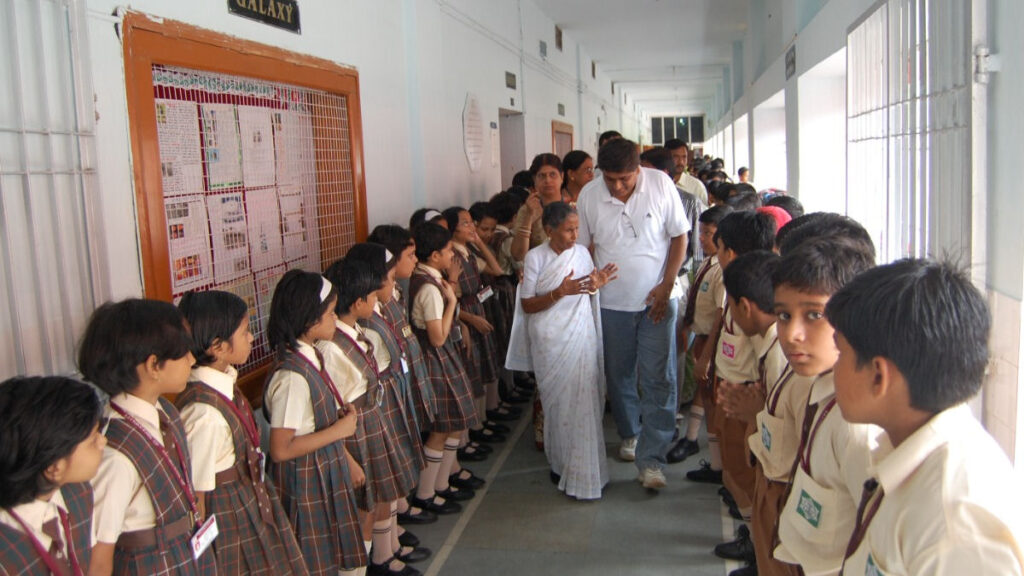
The Government of Odisha recognized Laxmi Panda as a freedom fighter. This recognition entitled her to a meagre pension of Rs. 1000 every month. However the freedom fighter status had been denied to her at the Centre despite several INA veterans, including Captain Lakshmi Sehgal corroborating her role. The fact that she had never been to jail was a lacunae. The British secret service agents, who let the frail young girl go free from Chittagong harbour, did her a grave injustice. Had she been arrested, she would have been given a pension of at least Rs. 15000 per month, enough to meet her medical needs and keep her no good son’s extended family maintained.
Anil recalled her being sad and saying, “Many of us in the INA did not go to jail. Does that mean we did not fight for India’s freedom?”
She was allotted a small piece of land to build her home by the Collector of Koraput but this was of very little solace to the mighty lady. It was clearly improbable for this eighty year-old to build her home at that age. She kept very poor health. “For forty years this proud lady had been writing and petitioning to the government to accord her rightful pension and give her the recognition that was due to her. However the red tapism and the bureaucratic setup did not give any heed to this poor lady. In her bitterness she wrote to the Superintendent of Police that she would set herself ablaze in front of the Collectorate,” shared Anil with a heavy heart.
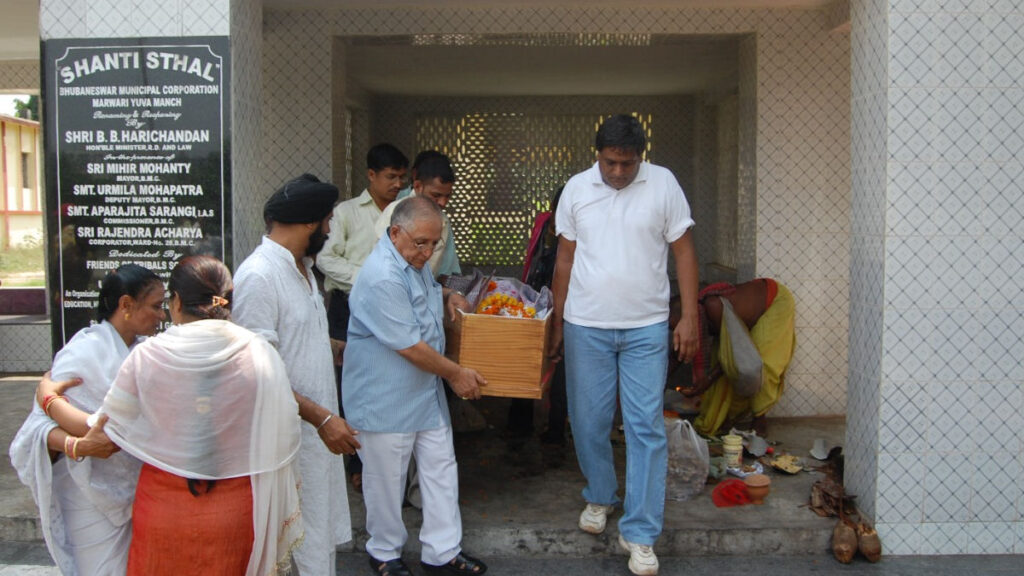
Anil travelled across the country wherever he found hope and collected documents which had details of her involvement in the INA. He took it upon himself to see that she got her due. He found details about her at the National Archives at New Delhi and at the INA Museum at Salimgarh Fort in Delhi. “I could even get photographs of Lakshmi Panda in her uniform. I also got hold of her number, the names of her compatriots and her pay details and made copies of all. I even got letters and affidavits from other INA veterans, including one from Lakshmi Sehgal at Kanpur. I travelled to Imphal, Kanpur, Delhi, Amritsar, Jammu, Chennai and Port Blair to gather all the information. I used to bring back the details and show them to Laxmi Panda. She would be so excited and at times weeping of the old days. When I told her the names of her fellow fighters, she recollected so much more,” he shared.
Within six months, Anil had a six-inch thick dossier, photographs, testimonials, copies of written and printed documents. All along, Lakshmi Panda was staying with him, and for the first time she got a ray of hope that she would get her due from the nation.
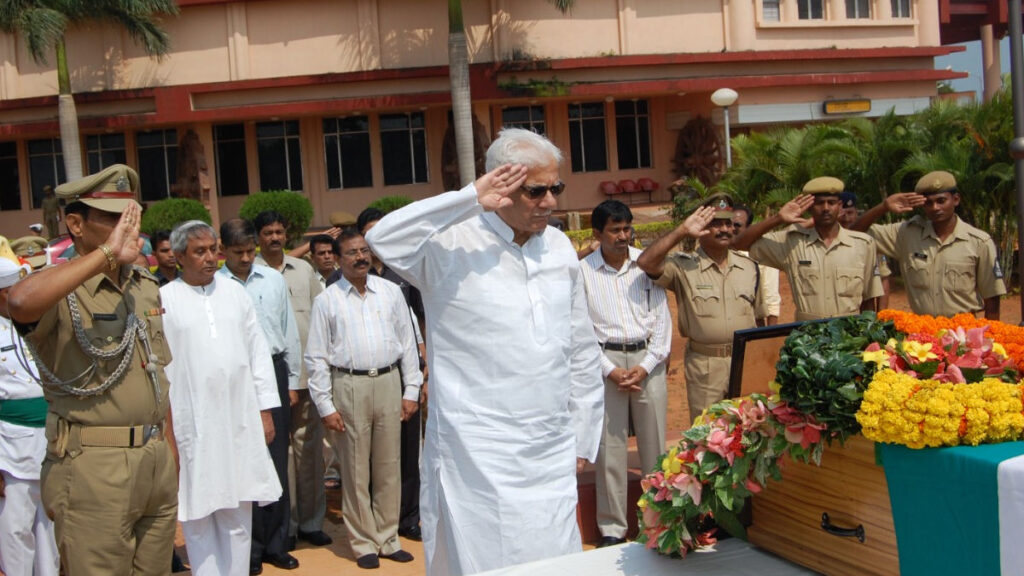
“I wrote to the President of India, telling her of the plight of this brave lady who had fought for the country’s independence. I wrote of Netaji and the clarion call of “Delhi Chalo” that he had given to his fighters. The dream of unfurling the tricolour at the ramparts of the Red Fort was what had driven his army to fight in the inhospitable jungle conditions of Burma. Laxmi Panda too wanted to go to Delhi to honour the allegiance and promise that she had made to Netaji. Her “Chalo Delhi” would have been a good 63 years late, but she hoped to make this her last stand. I sent the complete dossier to the President’s office. It felt amazing to get a call from the President’s office within a week to come to Delhi,” shared Anil.
Laxmi Panda met the President of India at the Rasthrapati Bhavan on 12th August 2008 accompanied by Anil. “The frail fighter refused the offer of a wheelchair even though the carpeted corridors seemed like miles. The passage was lined with many framed paintings and photos of our national heroes, and Laxmi Panda stopped in front of all the heroes whom she recognised and gave a crisp INA salute. Later President Pratibha Patil met her and listened to her tale and was moved to tears. On repeatedly being insisted by the President as to what her desire was, she only replied, “Just give me my due.” The President of India offered her a purse of Rs one lakh, which Laxmi Panda refused to accept. On my insistence she took a token amount of Rs 10,000. The president kept her promise. Laxmi Panda was conferred the Rashtriya Swantantra Sainik Samman on 25th October 2008. She was given a state funeral when she passed away on 15th November, 2008. The nation recognised her contribution, albeit very late. She may have died unsung, but her determination and fight, which lasted a good seventy years should be remembered by each and every son of the soil,” recalled Anil.
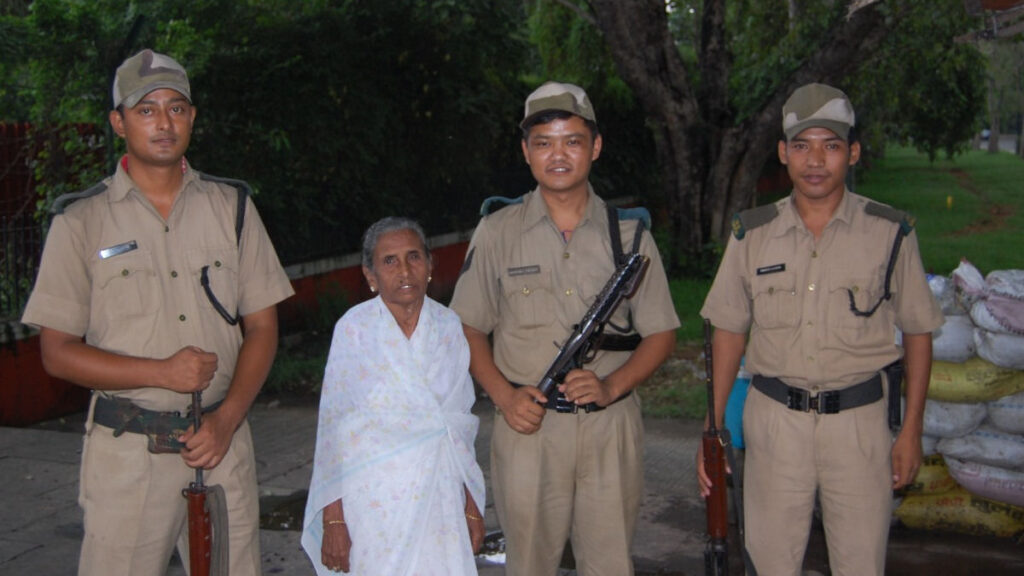
As promised by Chief Minister Naveen Patnaik, a life-size statue of Laxmi Panda was commissioned to the Jeypore Municipality and it now stands tall there.
More than 600 soldiers in the ranks and file of the INA were Odias. Many of them gave up their lives on the Burma front. As India celebrates Azadi Ka Amrit Mahotsav commemorating 75 years of Indian Independence, it is high time that the government should make sincere attempts to recall and remember forgotten heroes of our freedom struggle, many of whom might be renowned yet unknown to the new generation. Like Laxmi Indira Panda, their contribution has been immense and their due should be catered to. Their stories should be told again and again for generations to come.

Author: Aafreen Firdaus
Aafreen is a doting mother to several kitties and a doggo who loves to pamper everyone with delicious food. She is a free spirit and a wizard of words and she loves to tell beautiful stories through her writing. She is also a loving and caring soul, always ready to pitch in with a helping hand and a smile on her face.
Read more from author


